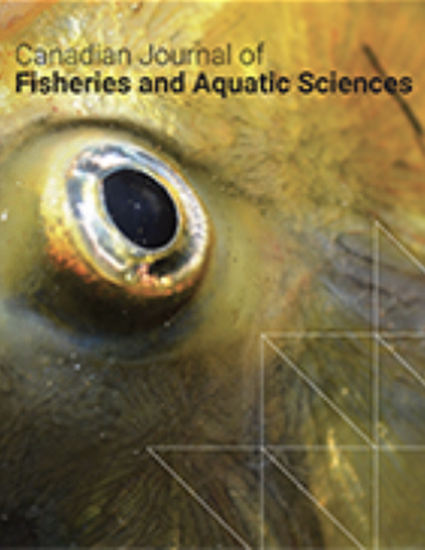
Article
Predicting the Invasion of an Introduced Omnivore in a Large, Heterogeneous Reservoir
Canadian Journal of Fisheries and Aquatic Sciences
(2007)
Abstract
We demonstrate that invasion success, through the introduction and establishment stages, can generally be predicted based on biological characteristics of the organisms and physical aspects of the environment; however, predicting subsequent effects during integration is more challenging, especially for omnivorous fish species in large, heterogeneous systems. When gizzard shad (Dorosoma cepedianum) were incidentally introduced into Lake Powell, Utah–Arizona (2000), we predicted they would be successful invaders and would have food-web effects ranging from neutral to negative. As predicted, gizzard shad successfully established and dispersed throughout this large reservoir (300 km) within just 4 years, and their density was positively correlated with productivity. Also as predicted, gizzard shad exhibited fast growth rates, and striped bass (Morone saxatilis) predators were thus gape-limited, obtaining little gizzard shad forage. Contrary to our predictions, however, competition over zooplankton resources between gizzard shad and both threadfin shad (Dorosoma petenense) and juvenile striped bass appeared limited because of spatial segregation and diet preference. In sum, gizzard shad will continue to be successful invaders, but with limited effects on the established predator–prey cycle.
Keywords
- Predicting,
- Invasion,
- Omnivore,
- Heterogeneous,
- Reservoir
Disciplines
Publication Date
2007
DOI
https://doi.org/10.1139/f07-100
Citation Information
Vatland, S., and P. Budy. 2007. Predicting the invasion success of
an introduced omnivore in a large, heterogeneous reservoir. Canadian
Journal of Fisheries
and Aquatic Sciences 64:1329-‐1345.
